New evidence from Therasia alters date of Santorini explosion
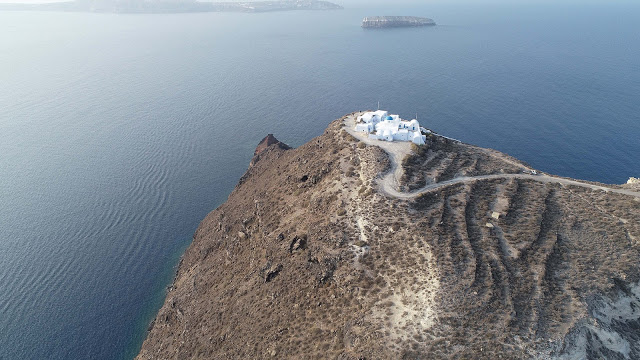
The dating of a piece of olive tree found on Therasia will move the dating of the explosion of Santorini's volcano a few decades later than current estimates, the Greek Ministry of Culture and Sports said on Friday.
The wood was discovered in the area 'Koimisi Therasias', a prehistoric settlement which lies on a hillside of the island once connected to Thera (Santorini), at least up to the Middle Bronze Age, before the volcano exploded.
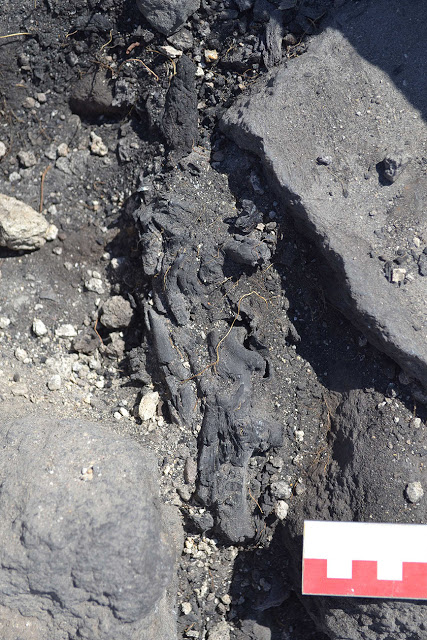
The settlement is on top of a hill on the southern side of Therasia, and on the edge of the caldera that existed before the volcanic explosion, that is variously dated from 1627 BC to 1600 BC.
The wood belongs to the last stratigraphic phase before the explosion, the ministry pointed out.
The University of Arizona at Tucson team that tested the wood note that "the wood dates absolutely to the early 16th century BC, therefore places the Minoan-era blast some decades after the date supported until now.
"In recent years, excavations had unveiled a large elliptical-shaped building and smaller constructions "ingenuously built into the volcanic rock face," the ministry's statement said.
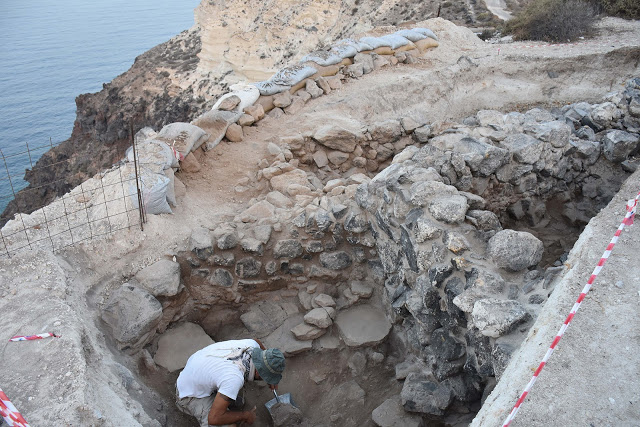
Excavations this year focused in an area where research had shown possible architectural remains squeezed between layers of the explosion levels of the volcano.
"From the start of the excavation, lying in the ash and pumice layers were found very strong walls, built carefully and in straight lines, one of which was nearly seven metres long," the ministry said.
The most significant excavation area found so far goes down to a depth of two metres, to a platform running along the whole length of the south wall, raising new possibilities about the use of the space in the Bronze Age.
The large thick walls and numerous Middle Cycladic pottery unearthed in undisturbed layers indicate a dating of about 2000 to 1700 BC and may incorporate earlier, Protocycladic constructions, the ministry said, adding that it is still early to figure out whether the walls were for defence or surrounded housing.
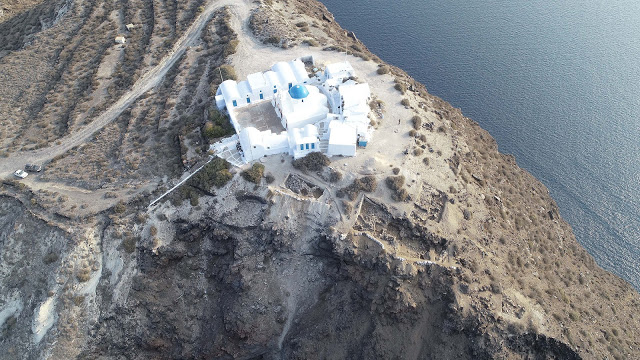
Dating was further clarified this year, bringing the ranges of dates of Therasia on par with the corresponding Aegean Island communities, both on Santorini (the Akrotiri site), as well as Ios (Skarkos) and Keros islands (Daskalio).
The excavation is conducted by the Ionian and Cretan Universities, the Cyclades Ephorate of Antiquities, an international research team, the city of Thera, the Institute for Aegean Prehistory (INSTAP) and the General Secretariat for Aegean and Island Policy.
Source: Tornos News [October 20, 2018]


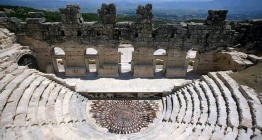

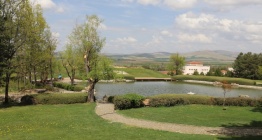
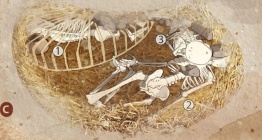

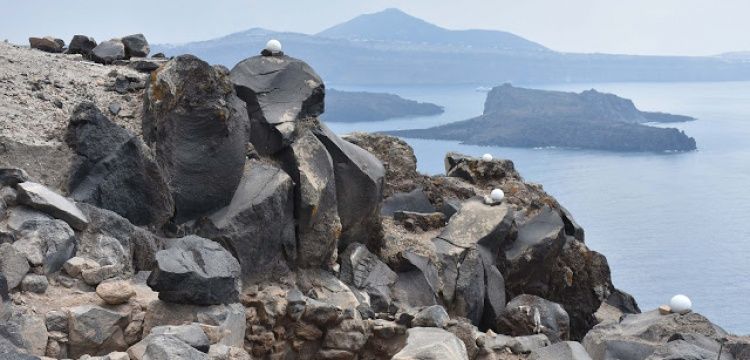
 Manisa Mesir Macunu Festivali, 23 Nisan'da başlayacak macun saçımı 28 Nisan'da
Manisa Mesir Macunu Festivali, 23 Nisan'da başlayacak macun saçımı 28 Nisan'da 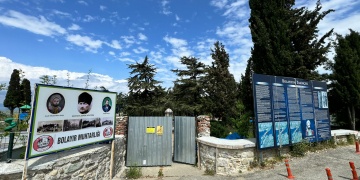 Namık Kemal'in mezarı ve Gazi Süleyman Paşa Türbesinde restorasyon sürüyor
Namık Kemal'in mezarı ve Gazi Süleyman Paşa Türbesinde restorasyon sürüyor 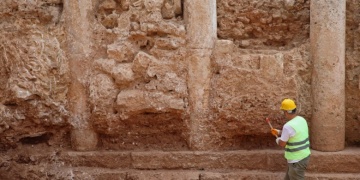 Roma dönemine ait 3500 yıllık sütunlu cadde mi keşfedildi, güldürmeyin insanı!
Roma dönemine ait 3500 yıllık sütunlu cadde mi keşfedildi, güldürmeyin insanı! 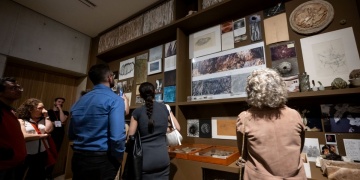 Merhum seramik Sanatçısı Melike Abasıyanık Kurtiç'in eserleri Bir Denizkestanesinin Anıları'nda
Merhum seramik Sanatçısı Melike Abasıyanık Kurtiç'in eserleri Bir Denizkestanesinin Anıları'nda 




